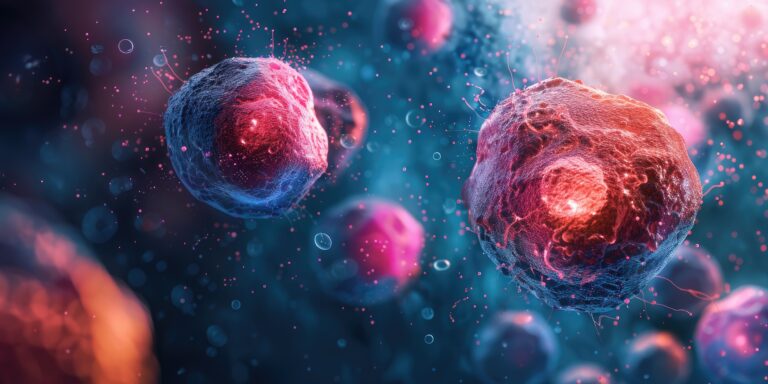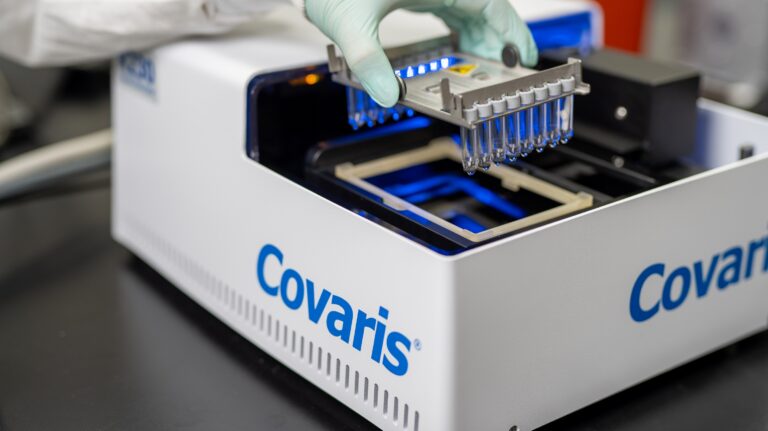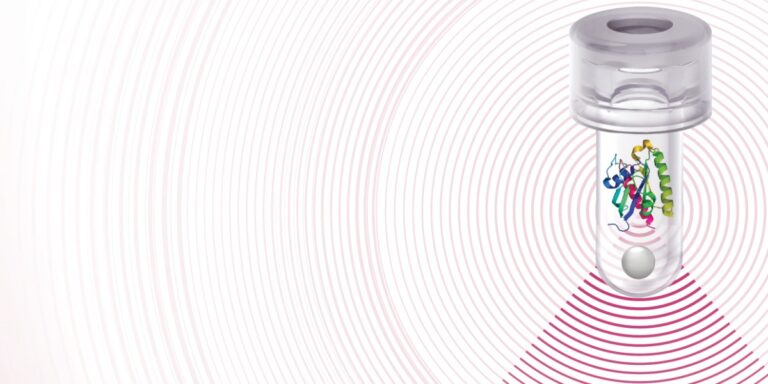How to Measure the Kinetics of Targeted Protein Degradation
Learning how to measure the kinetics of targeted protein degradation gives you the tools to understand how degraders really work. Time-course, proteomic and live-cell assays provide insights that guide degrader optimization for faster, more durable, and selective protein removal.









































